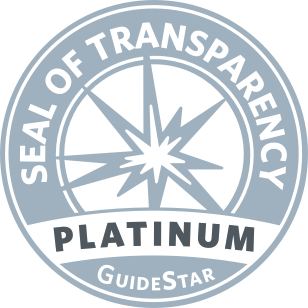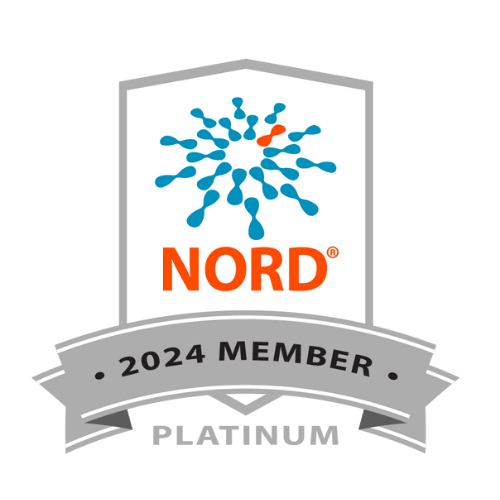The guiding principles in the management of constipation
Functional constipation can be successfully managed in most children. The main components of a treatment plan include:
- Parental education and understanding of the factors at play
- Maintenance of soft and well lubricated stools
- Avoidance of the pain associated with the passage of stool by good care of the perianal skin
- Establishment of normal toileting routines
Uses and abuses of laxatives
When dietary modifications and optimal fluid consumption have been addressed but fail to solve the problem, the use of agents aimed at maintaining a soft stool or promoting a bowel movement by stimulating the intestines becomes necessary.
Parents often voice their concern about the long-term effects of laxatives. Fortunately, there is a wide range of products, and their safety record is excellent.
Laxatives can be abused, no doubt, but this occurs rarely when parents are in charge of their administration and there is regular monitoring by the health care provider. For this reason, laxative abuse in the context of adolescent eating disorders will not be included in this review.
Not all laxatives are created equal
Because functional constipation can result from small, over-dried, pellet-like stools; by sluggish or difficult propulsion along the colon; or by longer than normal retention of the stool in the rectosigmoid, the need to choose a laxative that fits the individual situation is of paramount importance.
It is not enough to want to administer a stool softener or a bulk supplement; we need to consider the child’s ability to take a particular product and work around her preferences and sensitivities. Children can be extremely stubborn when it comes to accepting “medicines,” even if we try hard to convince them that the sticky juice or syrupy liquid at the tip of that spoon is a natural fiber and good for them! The challenge is to find the best suited product that works for your child given in the most effective form of administration.
Laxatives can be classified in 4 broad categories:
- Bulking agents
- Lubricating agents
- Osmotic laxatives
- Stimulant laxatives
Bulking agents
Fiber is the best example of a bulking laxative. By definition, fiber is a non-absorbable complex carbohydrate. It can hold on to water and maintain a softer and larger stool that is easier to pass. Many products contain processed husk from psyllium (e.g., Metamucil, Konsyl), others are based on methylcellulose, a synthetic fiber (e.g., Citrucel). Complex, non-absorbable starches such as calcium Polycarbophil (e.g., Fibercon, Equalactin) are also quite popular and can be administered in caplet form (available also for some of the products previously mentioned), an advantage in the older child and adolescent who prefers this to liquid products.
Lubricating agents
Lubricating agents are based on mineral oil, and are not as commonly used as they were in the past. Remember that mineral oil does not get absorbed from the intestine: it is not a form of digestible fat (and need not be included in the calorie count). It provides lubrication and disperses the stool, preventing it from becoming compacted and dry. A popular combination of fiber and mineral oil in emulsion form is available (e.g., Kondremul). Many prefer it to plain mineral oil because it can be mixed in other fluids, while the plain oil tends to separate from juices or milk and is not very pleasant to take directly from the spoon. Another popular stool softener is docusate sodium (e.g., Colace, Laxinate 100).
Osmotic laxatives
An osmotic laxative is one that promotes the accumulation of water in the intestinal tract, thus preventing drying of the stool, promoting a more rapid transit. The most commonly used laxatives in this category are various non-absorbable magnesium salts (milk of magnesia, magnesium citrate), or MiraLax as well as similar generic products, which contain another non-absorbable product, polyethylene glycol 3350 (PEG 3350). This is the same ingredient in laxatives used (in much larger volumes) before a colonoscopy. Because MiraLax has none of the salt present in the colonic cleansing solutions, it is easily mixed in any fluid (juices are particularly effective), and is practically devoid of flavor or smell. It is not surprising that it has become a favorite among pediatricians and gastroenterologists.
Update: Study looks at PEG 3350 safety in children
The US Food and Drug Administration (FDA) initiated a research study in September 2014 to look at the safety of PEG 3350 laxative products in children, noting that there is little data on its absorption in children, especially in the very young and chronically constipated.
None of the products mentioned so far can be “abused” and none carries any long-term side effects. One note of clarification regarding mineral oil: the fear of vitamin deficiency is unfounded. Studies have never shown any noticeable impact on the levels of fat-soluble vitamins in children or adults taking mineral oil even for long periods of time. The concern was based on the notion that the mineral oil would interfere with absorption of the vitamins in food and rob the body of these important nutrients. This is not the case.
Stimulant laxatives
The final class of laxatives is stimulant agents. They are either derivatives of the senna leaf (Senokot) or alkaloid chemicals such as bisacodyl (e.g., Correctol, Dulcolax). They work by directly signaling the muscles and nerves of the intestine to contract and expel its content. They work faster than bulking agents and softeners but tend to produce more cramps.
With continued regular use, the stimulating effect diminishes and higher doses are needed to produce the same level of stimulation and effectiveness. We tend to avoid long-term use of stimulant laxatives in children mainly because osmotic and bulking agents work so well and are less likely to cause severe cramping. Furthermore, childhood constipation is often caused by active stool withholding prompted by fear of passing a painful wide and hard movement. In this setting, stimulating the colon is counterproductive as it forces the child to evacuate a painful mass contributing to the aversive conditioning.
Most common side-effects of laxatives
The most common side effects of laxatives are excessive gassiness, bloatedness, and crampy abdominal pains. These complaints can be minimized by slow introduction of the fiber-containing laxatives, allowing the large intestinal flora to adjust to the change, and adapting to the increased gas formation that occurs naturally when fiber is consumed.
The cramps experienced during the administration of stimulant laxatives are best managed by a trip to the bathroom and successful passage of a stool. In fact, we will often use a short course of a stimulant laxative when attempting to establish toileting routines in children who get too distracted and need a more effective reminder that it is time to have a movement.
The keys to success: individual treatment and flexibility
Choosing the right laxative for your child will depend on the individual features of his constipation, his age, and the circumstances at the onset of the problem.
The response to your intervention needs to be followed up closely, and adjustments will be made based on initial results. Doses are adjusted up or down, bulking agents experimented with, and toileting routines instituted with sensitivity, avoiding any coercion or unnecessary stress. Flexibility – the ability to change course and to adjust agents and amounts – is key to the judicious use of laxatives.
Recognizing the presentations of constipation in children and intervening early goes a long way, and helps avoid the frustrations and power plays that can arise between parents and children during this crucial stage of their development.
Learn more about other general treatments
Adapted from IFFGD Publication: Laxatives: A Parent’s Guide to the Successful Management of Constipation in Children #828 by Joseph Levy, MD and Diana Volpert, MD, Division of Pediatric Gastroenterology, Children’s Hospital of NY-Presbyterian, New York, NY, Columbia University Medical Center.








